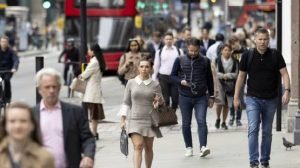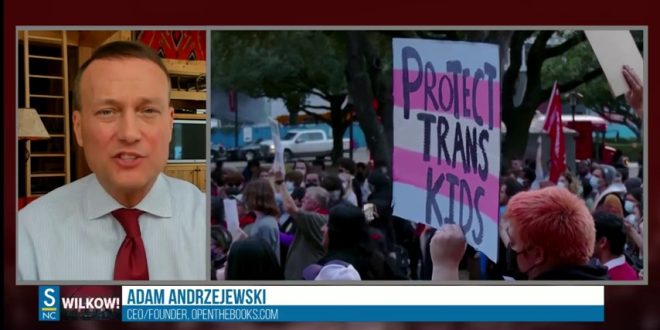22-02-2024
Bureau Report + Agencies
SYDNEY: Australian wages grew at the fastest annual pace in 15 years in the fourth quarter as low unemployment and stiff competition for workers pushed up pay deals, although analysts suspect the best is over as the economy sputters.
 Figures from the Australian Bureau of Statistics on Wednesday showed the wage price index rose 0.9% in the December quarter, matching market forecasts. Wages jumped a record 1.3% the previous quarter thanks to hefty minimum pay awards.
Figures from the Australian Bureau of Statistics on Wednesday showed the wage price index rose 0.9% in the December quarter, matching market forecasts. Wages jumped a record 1.3% the previous quarter thanks to hefty minimum pay awards.
Annual pay growth picked up to 4.2%, from 4.1%, the highest since early 2009 and just above market expectations of 4.1% due to upward revisions to past numbers.
Analysts expect wage growth would moderate from here as the red-hot labour market loosens, a welcome sign for the Reserve Bank of Australia, which has raised interest rates by 425 basis points to a 12-year peak of 4.35% to tame inflation.
The RBA noted in its minutes on Tuesday that wage increases were already slowing in some segments of the labour market, one reason that it left interest rates on hold earlier this month.
“The labour market is starting to slacken, which will ultimately weigh on wage growth,” said Sean Langcake, head of macroeconomic forecasting for Oxford Economics Australia.
“But there is a good deal of catch-up growth to come through the wage-setting system, and the labour market still remains in a tight position. We expect WPI growth will remain around this q/q pace of 0.8-0.9% through 2024.”
 Indeed, the report showed the gains were driven by the public sector, which saw wages jump by 4.3%, the fastest pace since March 2010, while the growth in the private sector slowed to 4.2% from 4.3% the quarter before.
Indeed, the report showed the gains were driven by the public sector, which saw wages jump by 4.3%, the fastest pace since March 2010, while the growth in the private sector slowed to 4.2% from 4.3% the quarter before.
Michelle Marquardt, ABS head of prices statistics, noted that higher growth in the public sector was due to newly implemented labour agreements for essential workers in health care, welfare, education and training industries following changes to state-based wages policies.
Markets remain confident the RBA’s tightening cycle is over but only see a modest easing of 38 basis points for 2024, most likely in the second half of the year. A first cut is not seen likely until August or September.
The jobless rate hit a two-year high of 4.1% in January and hours worked declined outright, adding to evidence of a loosening in labor market conditions. Consumers have also curbed spending on discretionary goods.
However, in its minutes the RBA still judged that the conditions in the labor market were tight relative to what would be consistent with full employment.
 Pressmediaofindia
Pressmediaofindia




